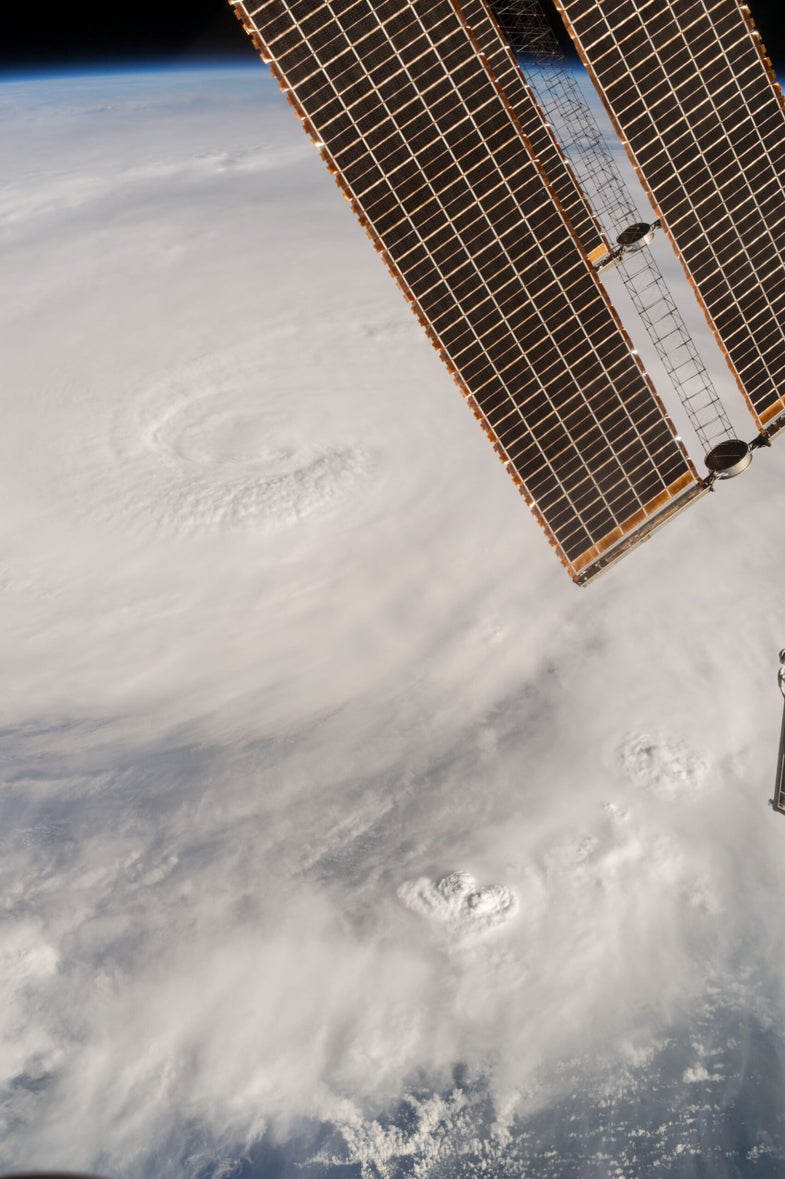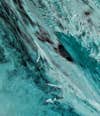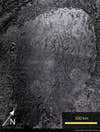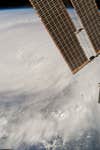A Spread Of Active Stratovolcanoes
The South Sandwich Islands, an uninhabited spread of land in the South Atlantic Ocean, contain a group of active stratovolcanoes that, because of their location, are some of the least studied volcanoes in the world. NASA’s Moderate Resolution Imaging Spectroradiometer (MODIS) caught this image of the islands showing the volcanic activity. The image is a false-color image, which allows for a better picture of the plumes of volcanic ash.
Playstation Enters Virtual Reality
Playstation debuted its new virtual reality headset system this week. Popular Science received a device early. Our conclusion, according to PopSci tech editor Xavier Harding: “If you’re not a PC gamer but are still interested in hardcore VR games, this is the one to get.” You can read the rest of the review here.
Pluto’s Sputnik Planum
Using images taken from the New Horizon’s Spacecraft, NASA team members helped to create a 3D model of Sputnik Planum, an icy plain on Pluto. In this screenshot above, they used a ‘scattering map’ as the texture. This processing illuminates patterns, as seen above, in the glacial plains that had never been seen in this way before.
Hurricane Matthew From Space
NASA has also been tracking Hurricane Matthew all week from the International Space Station as it sweeps across the Atlantic Ocean. In this image above, taken by astronaut Kate Rubins, the space station is flying directly over the storm.
Happy First Birthday, MAVEN
This week marked the first anniversary of NASA’s MAVEN (Mars Atmosphere and Volatile EvolutioN). As of October 3rd, the spacecraft has spent an entire Mars year, which is just under two Earth years, exploring the red planet close up. You can read more about what its accomplished this year, here. The image above, which was taken this summer on July 13th, uses false colors to show what Mars would look like if someone saw it through ultraviolet light.
A Peek At The James Webb Telescope
The James Webb Telescope, when finished, will use infrared light to study the formations of planets, galaxies, and stars in space. But this week NASA gave us a sneak peek of the beast. The image above shows it sitting inside a clean room at the Goddard Space Flight Center in Greenbelt, Maryland.
China’s Rocket-Powered Spaceplane
A state-backed firm in China announced this week its newest vision to get to space: a rocket-powered spaceplane. The vehicle would take off like a rocket and return to Earth like a shuttle. Read more about it here.
A Clever South African Flower
Researchers reported this week an unusual trick that the plant pictured above, a South African flower called Ceropegia sandersonii, is able to pull off. To attract flies, the flower secretes a scent that closely resembles the odor that a honeybee secretes when it’s in distress. Flies typically feast on the bodily fluids of struggling prey, like bees, but in this case, the joke’s on them.
New Shepard Survives, Goes Into Retirement
Blue Origin tested its new crew capsule escape system this week using its reusable New Shephard rocket with the capsule on top. Jeff Bezos, Blue Origins’ CEO had mentioned in the week before the launch that the rocket was expected to blow up during this test. However, both the rocket and the capsule survived and made it safely back to Earth. Most importantly, the test was a success and if there were passengers inside, they would have survived.











